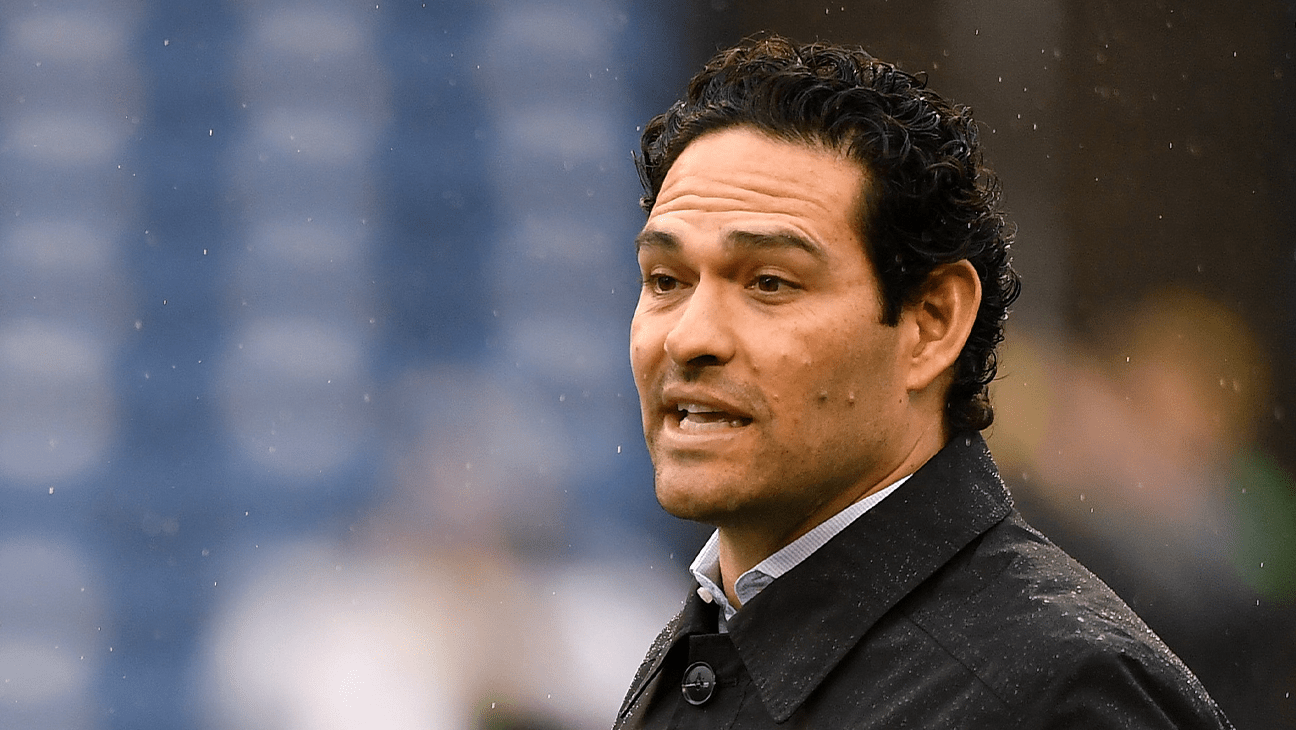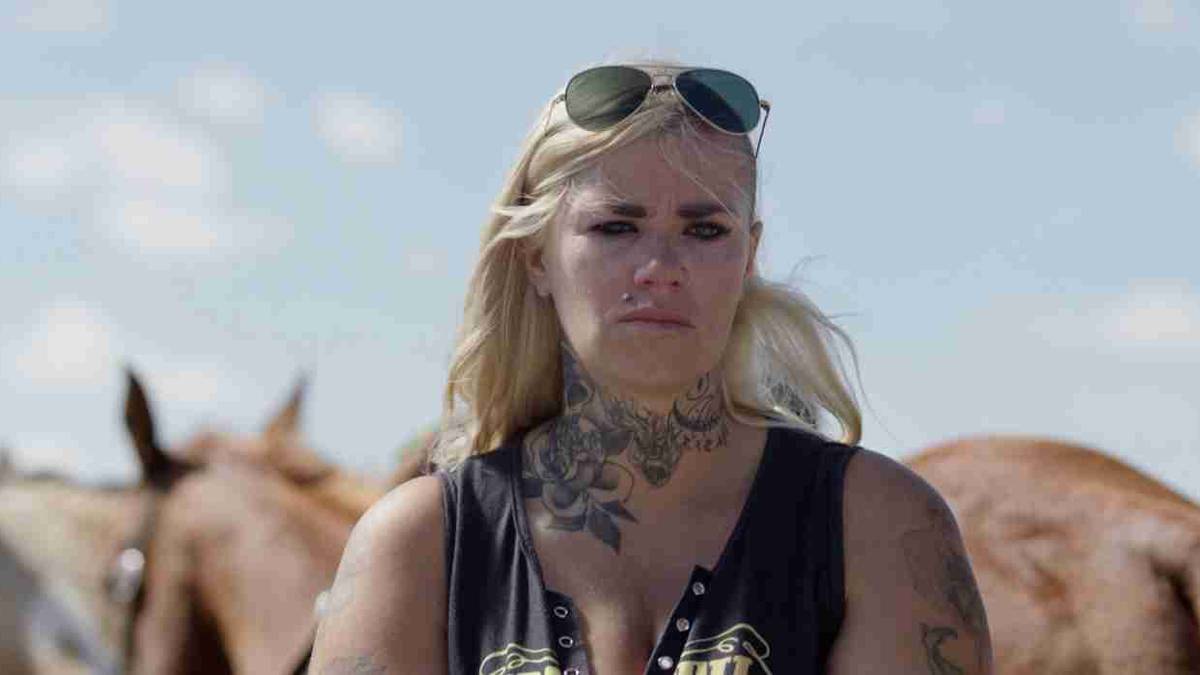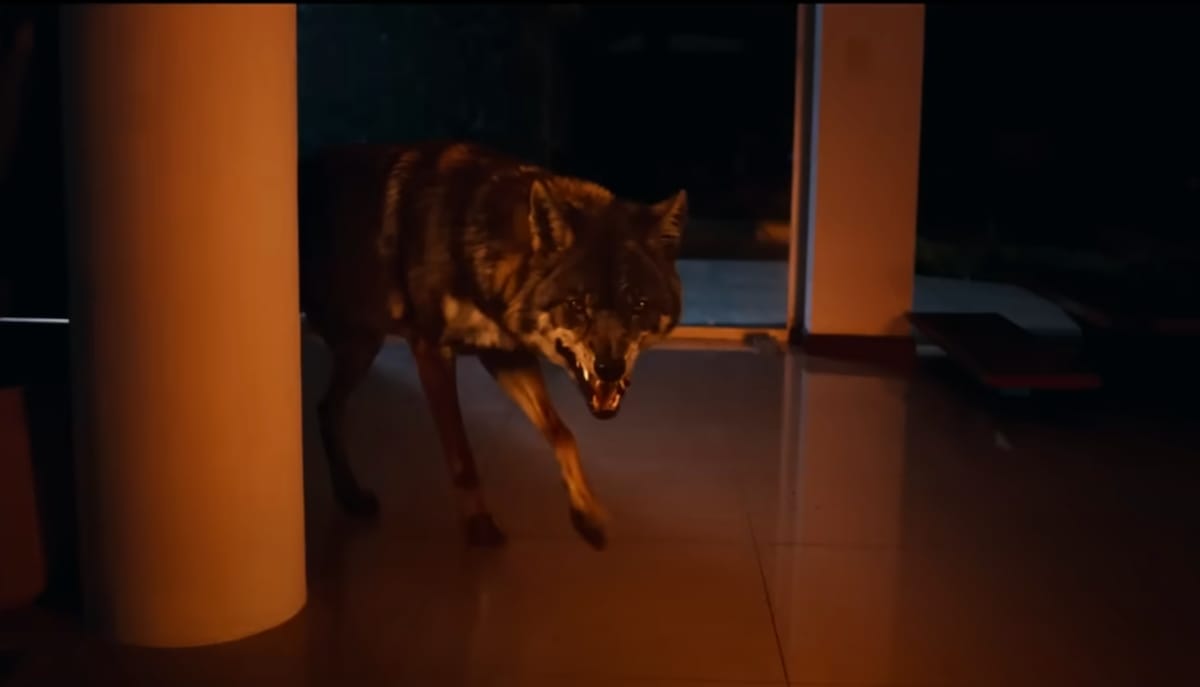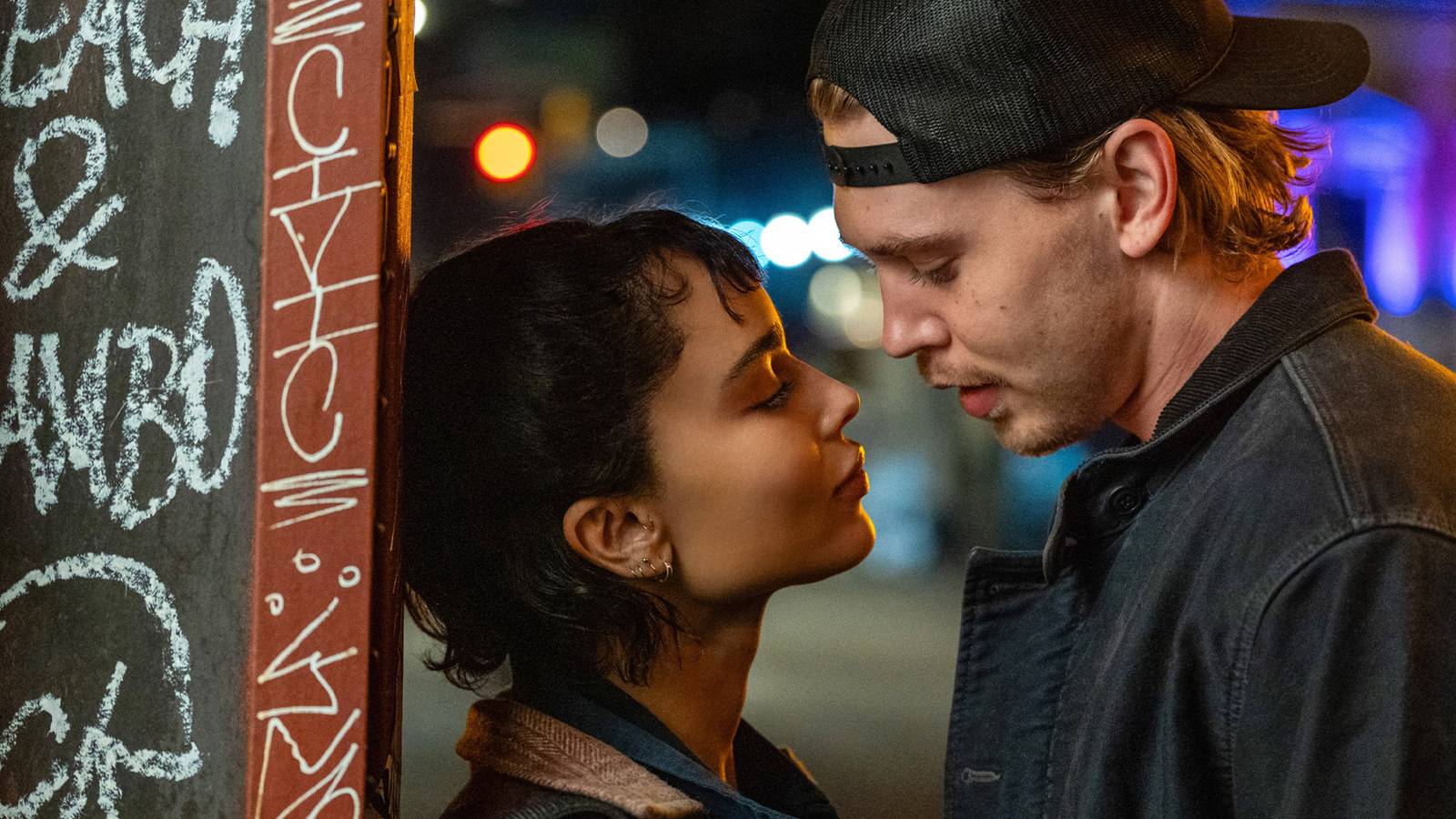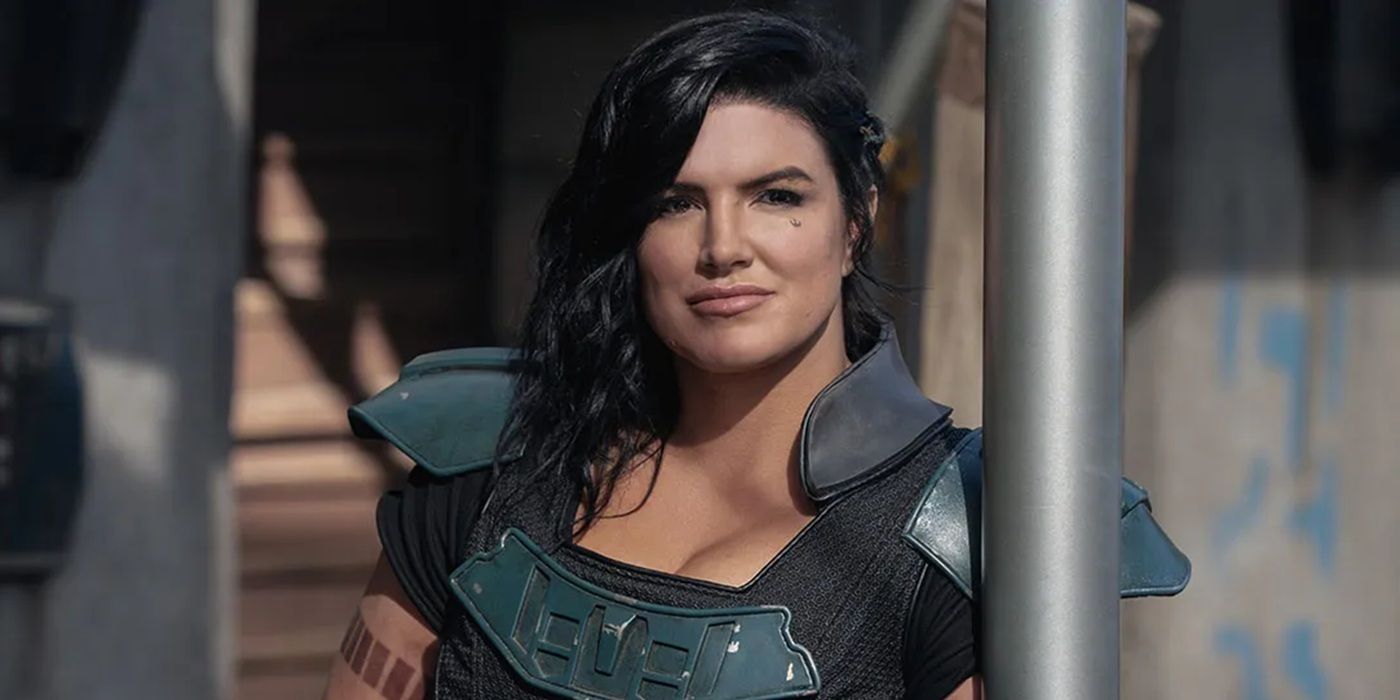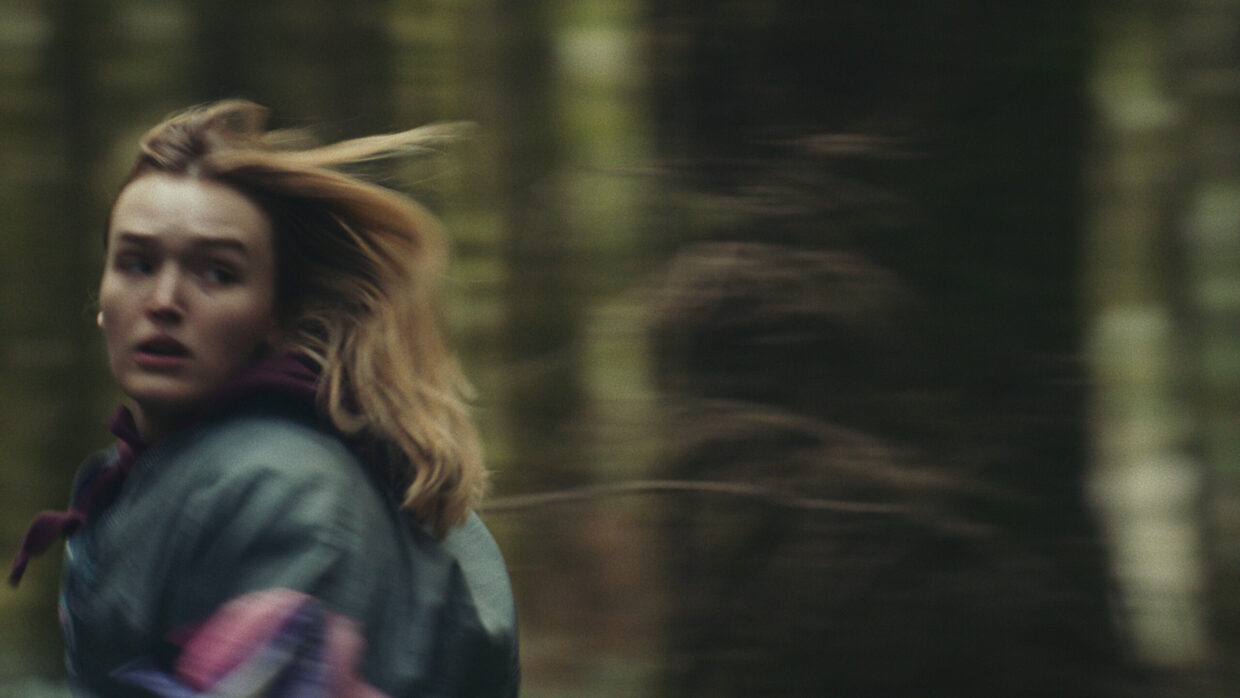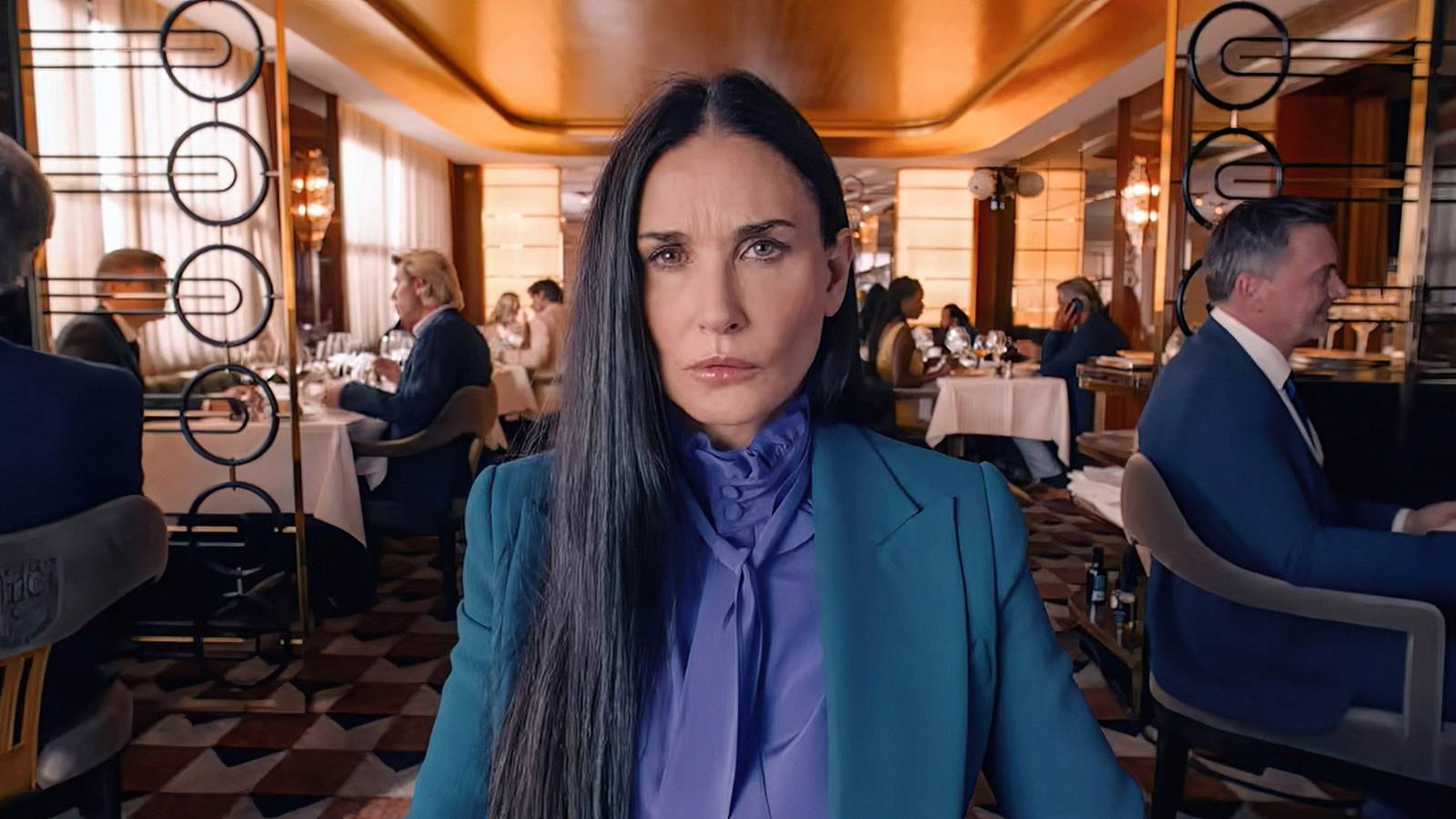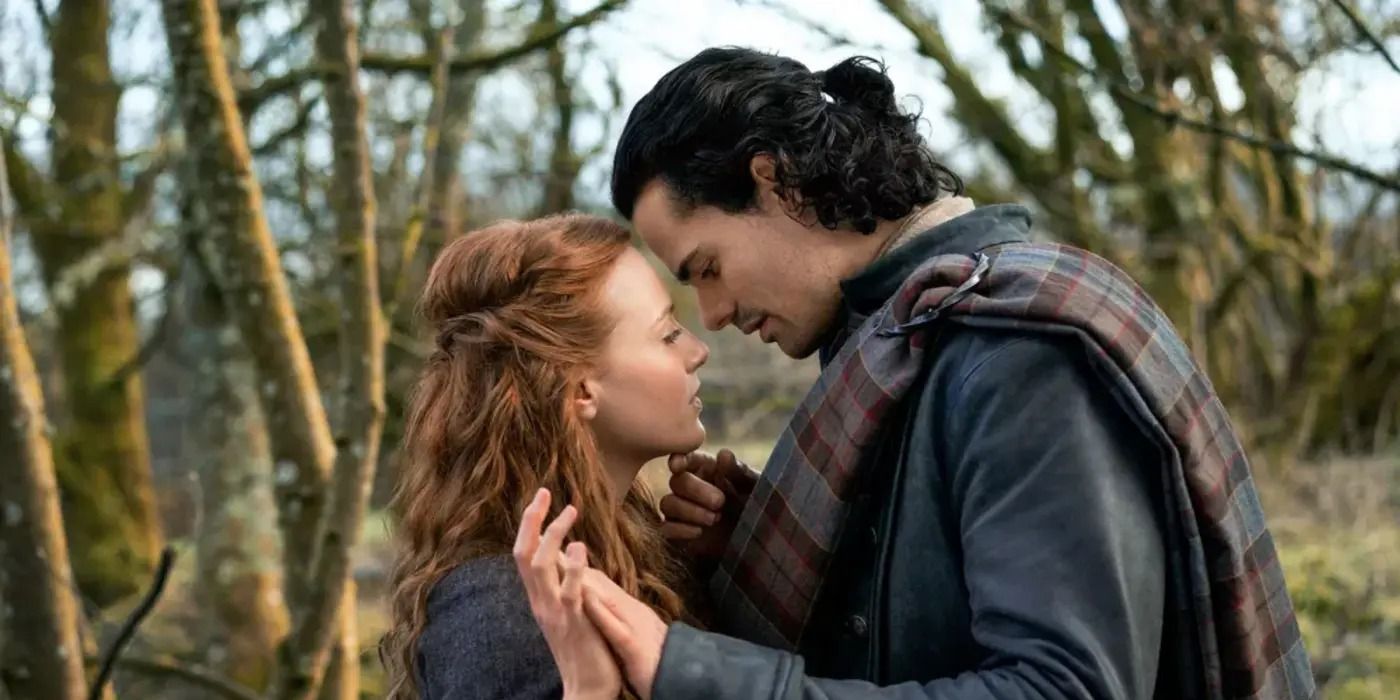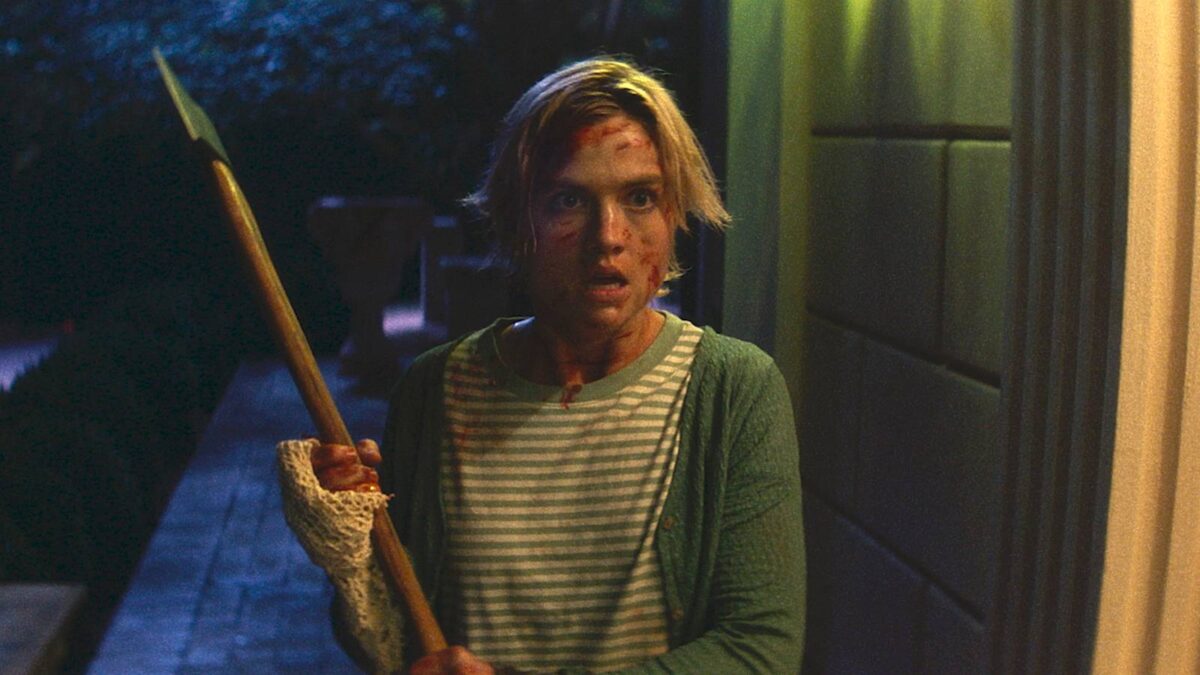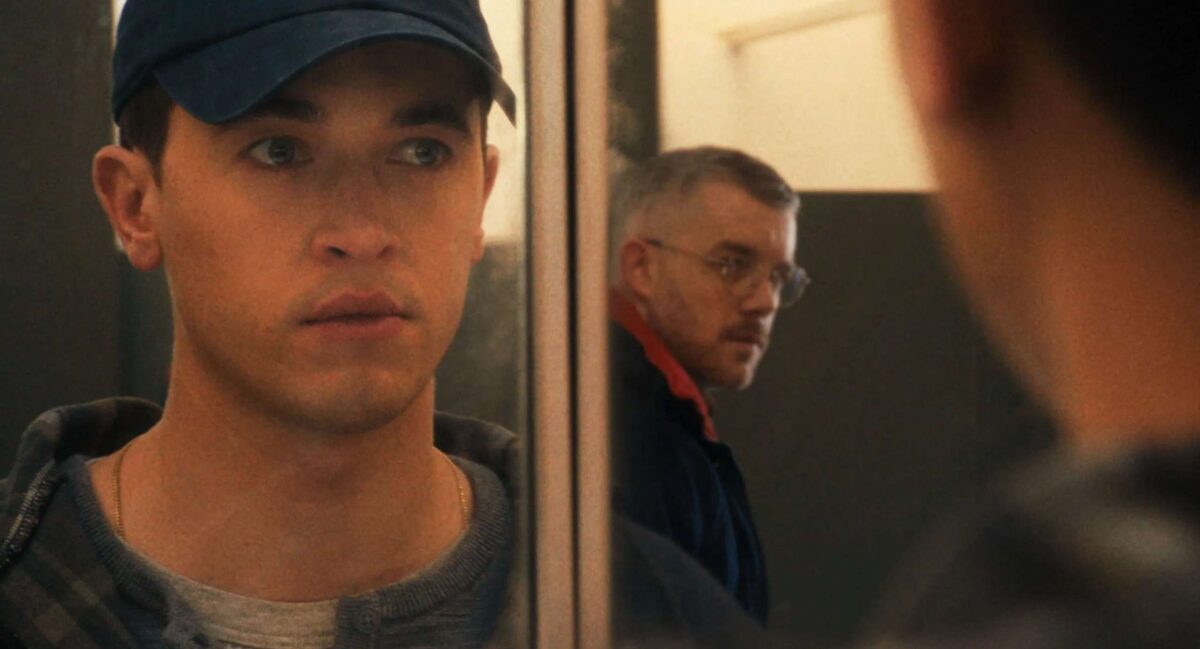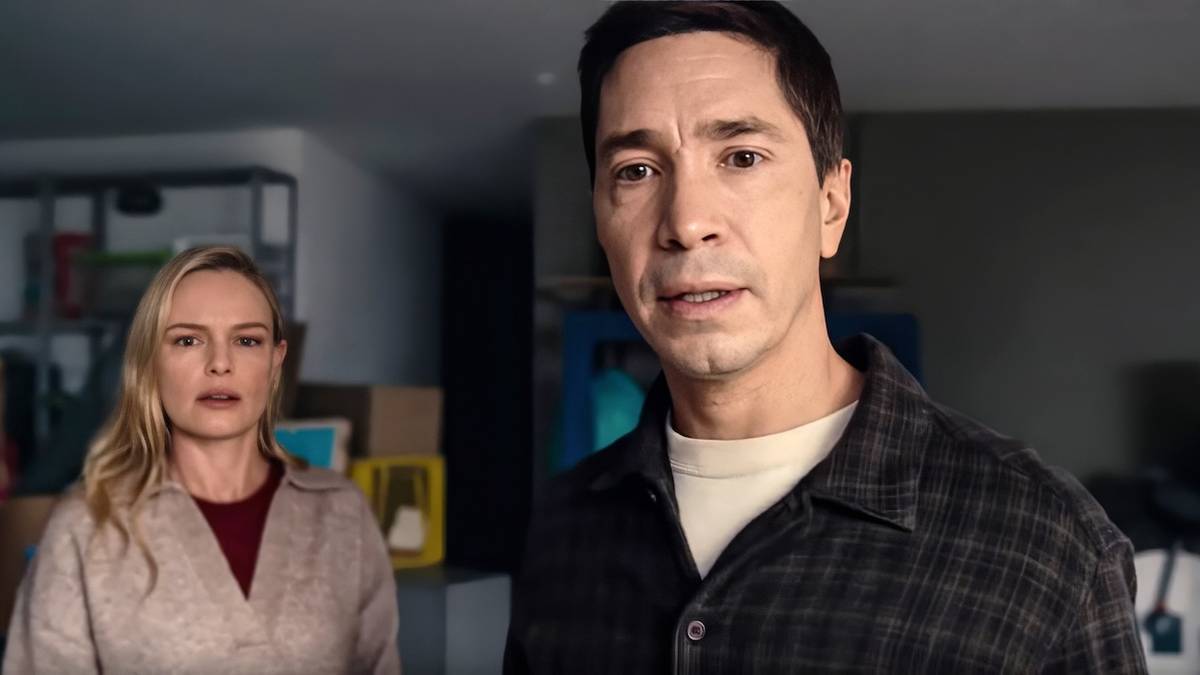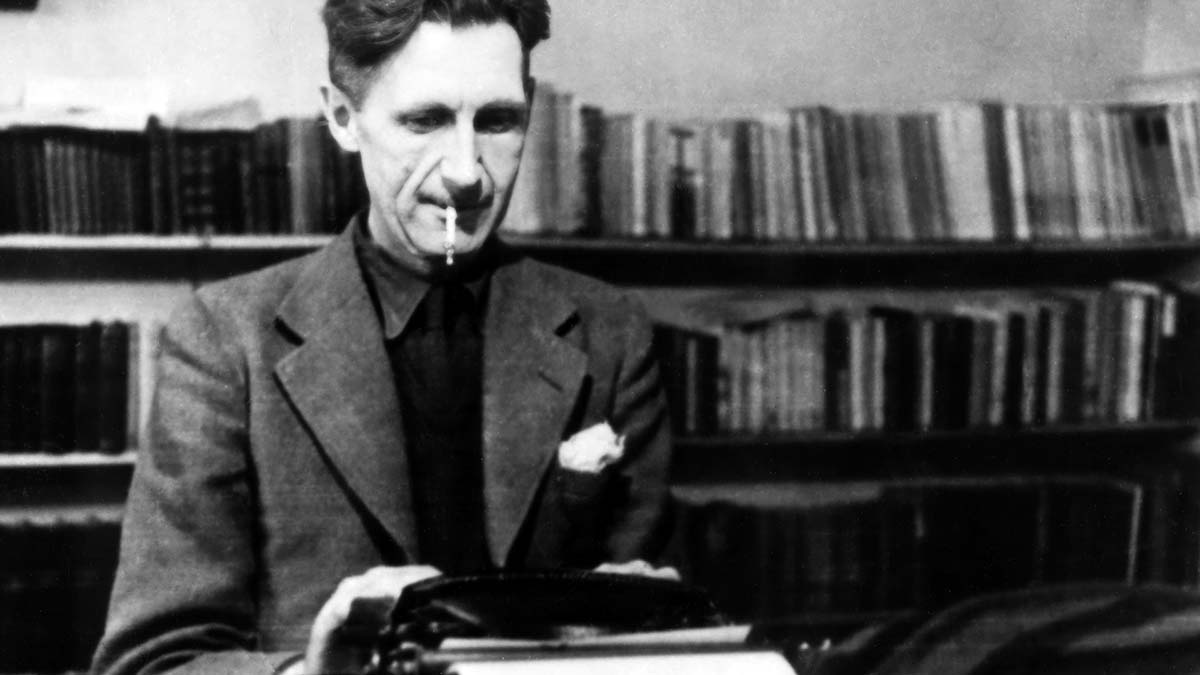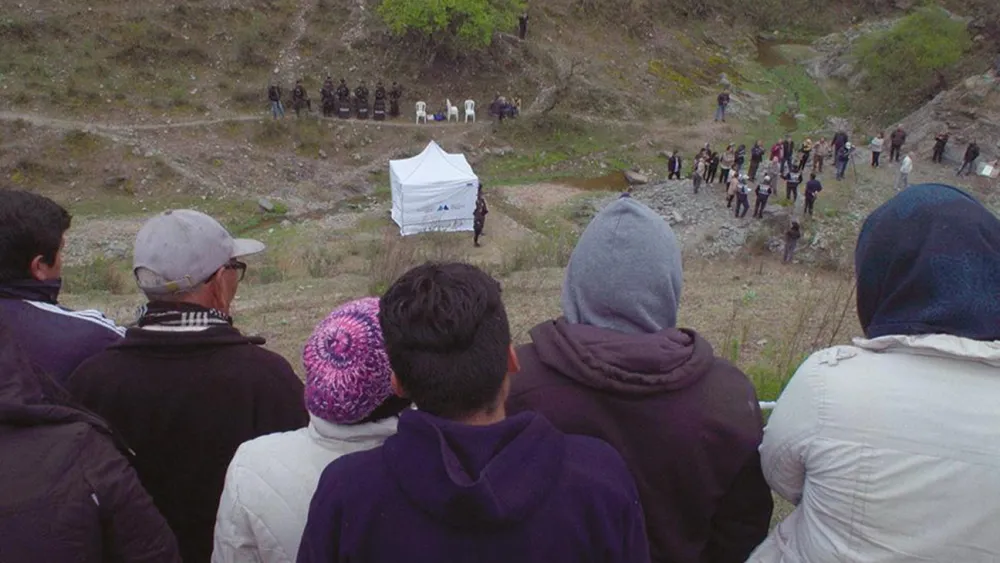
âI Needed to Rely on What I Knewâ: Lucrecia Martel on Her First Documentary, “Landmarks”
Sep 26, 2025
Landmarks
“To tell you the truth, I was actually quite scared about making a documentary.” It’s a luminous morning in early September and Lucrecia Martel is chewing mate leaves in the restaurant room of a hotel a stone’s throw away from the Adriatic. Her latest, Landmarks, is her first nonfiction work, but to insist on the apparent break from the rest of her oeuvre feels misleading. A chronicle of the trial for the 2009 murder of Javier Chocobar—a member of the indigenous Chuschagasta community killed by a white landowner and two former cops in Tucumán, Argentina—the film still speaks to her ongoing concerns with the vestiges of the country’s colonial past. Martel is as interested in following the trial as she is in charting a history of the Chuschagastas and their struggles against land dispossession. Footage of the courthouse proceedings segues into scenes Martel recorded in Tucumán, most uncomfortable among them a re-enactment of Chocobar’s assassination performed before the judge by the three white men and the Chuschagastas who witnessed the event. Which is to say that Landmarks is still a work of fiction, concerned with the recreation of the murder as much as imperialist myths that have allowed similar atrocities to go unpunished through the decades.
But if the tension between core and periphery isn’t anything novel, the film’s visual language most definitely is. Landmarks begins in outer space, a celestial prologue scored to Mercedes Sosa’s “Señor, ten piedad de nosotros,” a Kyrie from Ariel Ramírez’s Misa Criolla, before drone shots send us flying over Tucumán’s mountains. This is a brand-new camera movement for Martel, in whose hands the technology registers not as a mechanism of surveillance but a means to immortalise the area in all its glorious, rugged beauty. All through Landmarks, the director lingers on archival photographs of Chocobar and other Chuschagastas, which she scores with muffled sounds of the actions they depict. We see people dancing and hear the music ricochet from the image, a piñata popping and the snap mixed with the laughter of children. It’s a choice that animates ostensibly inert material, and it also highlights the ways in which cinema can serve as a corrective to a systematic erasure of a people and their memory. Notably, the documentary was shot by Martel’s cinematographer Ernesto de Carvalho as well as a few of the Chuschagastas the DOP trained during a filmmaking workshop in Tucumán. Which makes Landmarks a genuinely horizontal project, that rare film that doesn’t shoot at but with its subjects. In the end, the anger Martel stirs through her incendiary survey of the region’s history goes hand in hand with her unwavering belief in the medium’s power to alter its course.
The day after Landmarks premiered out of competition at the 82nd Venice Film Festival, I sat with Martel to discuss how she obtained access to the courthouse and community, her attempts to breathe life into the archive, and her first experiments with drones.
Filmmaker: I was hoping we could start with the project’s genesis. When and how did Landmarks begin?
Martel: Well, I’d been reading [Antonio di Benedetto’s 1956 novel] Zama, and I’d already decided I’d be making that film. To be honest it usually takes me a while to figure out what I want to do, but once I do, I seldom change my mind. I was planning for that project, and I’d only just started reading around the topic and looking for communities that didn’t have much contact with the outside world. I searched the internet and wound up on YouTube—don’t we all end up there?—when I finally bumped into the video of Chocobar’s death. And the first thing that shocked me was the fact that I’d already seen the clip but somehow forgot about it. “How was that possible,” I wondered, “since the murder happened a mere 300 kilometers from where I live?” How could I forget that there had been a man who’d pointed a gun and a camera at another person—especially when going around with a camera is my job? It all began with that question: how on earth could I forget? Later I began to investigate the crime, and dug up information around the Chuschagasta, of which I knew absolutely nothing. I reached out to a journalist, kept reading, got more and more involved, until I traveled to Tucumán to see for myself and met the community. It wasn’t just a single indigenous person who died that day, but a whole family who lost a father, a husband, a brother, and once you’re close to the pain of a community, people who’ve spent their lives fighting for their right to be left alone, it’s impossible not to respond to that. Of course, that aside, there were also the broader problems concerning Argentina itself, a country predicated on the myth that the enemy was the colony, while in fact some of the most atrocious colonial crimes were committed by Argentinians against their own people. The independence only gave our oligarchy a chance to split the riches that until then had gone to the Spaniards, but the wish to transform us into a nation was never part of anyone’s agenda.
Filmmaker: I’d be curious to hear more about how you and co-scribe María Alché tackled the script. I’m asking because I wonder if this was a film that was written before or after you began shooting, at the courthouse and in Tucumán.
Martel: That’s an interesting question… [Flicks through a notebook that sits between us] I’m not sure how many of these I filled while I was thinking about the film! The whole journey took 15 years, but we only spent a small fraction of that collecting sounds and images. What did take a while was reading all the paperwork from the trial, digging up all the historical materials—which were very difficult to track down—collect and scan all the photographs that the members of the community began to share with us. And the actual thinking took a long time, too. Because anytime I’d start writing the script and jot down a couple of sentences, I would almost automatically assign roles to people: this neighbor was a landowner, say, and so on… I was like, “How’s this happening? I don’t want to write this, so why do I keep doing it?” And it’s because Spanish has a certain structure—subject, verb, object—that gives lots of authority to the individual, which makes it very difficult to rely on our language and escape these hierarchies. That was a huge challenge. And then, of course, the judicial vocabulary was just inaccessible. I mean, I consider myself a relatively intelligent and educated person, but I lacked the competence to understand any of it. It’s written in a way that makes you feel useless before the paperwork. Imagine how difficult that must be for people who’ve barely had a chance to learn how to read and write.
Filmmaker: There’s a particularly excruciating moment in the film that heightens those barriers you’re referring to. The judge invites one of the two former cops and a young Chuschagasta to sit in front of each other and share their own version of the events leading up to the murder. It’s a hopeless battle; the lad just lacks the language to face the white man.
Martel: Exactly! And the ex-cop finds it so much easier to impose his own version of the story. You know how many times he uses the word “gun” in that exchange? Twenty-three times in less than a minute! What kind of dialogue is that? Twenty-three times: gun, gun, gun… He accuses a young man who lost his uncle of stealing his firearm. It’s a small scene, but it’s really delirious.
Filmmaker: How long did it take you to gain the community’s trust?
Martel: A long time, and in all honesty I’m still not sure I gained it. The history of mistrust in our country runs so deep that anytime someone approached the Chuschagastas, even with the best intentions—academics, journalists, maybe I’m the first person they’ve interacted with who comes from the film world—they ended up cheating them. But that’s just the strategy people follow to steal land in the north of the country. They pretend to be their friends, play the gaucho—arrive on a horse, share an asado—and as soon as they understand the history of the land they start planning how to steal it. The Chuschagasta call those people caranchos de la tierra, “land hawks”, which is why we filmed many of those birds in the film. It’s a great metaphor when you think about it. They arrive, fly over the land, and when they see an opportunity—poom!
Filmmaker: And what about the access to the trial itself? How did you negotiate that?
Martel: It was a public trial, which in Argentina allows you to come in as press, and aren’t filmmakers also members of the press, in some ways? It’s great when you realize you belong to the same group, too. You understand that you have an enormous impact on your country’s affairs.
Filmmaker: There’s another key moment in the film when the team defending the murderers tells the judge that your attempt to make a film is turning the whole trial into a circus. How did you navigate that tension? Were there other similar episodes?
Martel: Look, by the time the trial took place, in 2018, I’d already spent ten years investigating the murder and disappeared from the community for two because I was working on a film and got sick—I spent two years in bed. And my absence fueled some of their old fears. Here’s another person who came and left, she scanned some pictures and fled. And when the trial began I didn’t dare to approach them—not that I put much effort into that. I didn’t want them to confuse me for another member of the press. But then, two days after the trial began, the courthouse called me. What was I doing there, with all those cameras? Mind you, I’d brought three. I must confess that by then I didn’t know if I’d be using footage from the trial or not. In fact, I was almost certain I wouldn’t. I told them I was filming it because I thought it was a historic moment in the history of the country. That’s when I think that, combined with the presence of people from other indigenous communities protesting and shouting outside the courthouse, the authorities finally understood that what was happening really was crucial. And that to me is part of filmmaking, too. Filmmaking is not just about the actual act of making of a film. It’s about being in a place, and someone understanding that you’re there because that’s important.
Filmmaker: How much material did you shoot during the trial?
Martel: About 300 hours, give or take.
Filmmaker: And what criteria did you follow when choosing what to include in the final cut? I’m asking because I was quite intrigued by how much attention you devote to the trial’s protocol as well as the logistical screw-ups. No mic seems to work!
Martel: God, what a disaster that was… I’d never actually attended a trial before, but I must confess it struck me as a kind of theater play from start to end, a perfectly cast show. If I had to scout for criminals, I’m not sure I’d ever be creative enough to come up with three characters like those men. They really did look like the textbook image of a mafioso! And the women, too. For all our battles for female empowerment, those female lawyers defending the murderers really did seem like horrifying characters. This idea that there’d be “bad women” involved was something I also found very interesting. It wasn’t a male lawyer, it was women—people I was technically a lot closer to than the Chuschagastas. And the number of fake blondes among them! Not sure if the judge’s hair was dyed, too, but… All those things made the trial a gripping watch, to say nothing of the humiliating way in which the Chuschagastas were treated.
Filmmaker: I suppose it’s that theatrical aspect that made me question to what extent Landmarks stands as a departure from the rest of your filmography. Sure, this is technically your first nonfiction work, but I don’t see it as thematically different from your other projects.
Martel: Neither do I, you know? But this was something that I only realized while working on the film. And to tell you the truth, I was actually quite scared about making a documentary. I thought if I had to do something with an offscreen voice, with chunks of text on the screen, well, I’d do it, because I knew I shouldn’t think of myself, but whether or not the film would be useful for the community. Yet as the years went by I thought, “No: I know how to use narrative tools to approach sounds and images, and that’s what I have to follow. I can’t try something I didn’t know.” I needed to rely on what I knew. So I approached the material from the vantage point of fiction. And that’s when everything fell into place. Because when you start to handle things as fiction, you realize that everything is. Those who are suffering are the members of the community—everyone else is just plotting to snatch their land.
Filmmaker: You could even argue that colonialism himself is fueled by those fictions—the idea of “manifest destiny” applies to the US as much as Argentina.
Martel: Exactly. And you see that clearly during the trial, where the defendants know they have a key asset, the documents. It doesn’t matter if those papers are real or fake, that’s not the point—I’d say all of them were invented, in the sense that they’re created by a nation that uses them to grant legitimacy to this or that individual to the detriment of those communities. But then something happened. When the accused and defendants travelled to the crime scene to reenact the shooting—which was a sham, if you ask me—the judge understood the whole thing a lot better. All through the trial I was convinced the Chuschagastas would lose. But it was there, in Tucumán, that the judge realized just how pacific the community actually was, and how violently the accused were behaving while trying to defend their innocence. Only after she saw the land did she understand that long history of violence.
Filmmaker: I was really impressed by your choice to “score” the old photographs you disseminate through the film. These are, technically, inert objects, but your decision to add sounds that evoke the actions they depict breathes life into them. It’s as if the archive could magically speak. What was the rationale there, and how did you go about adding those sounds?
Martel: I’d actually tried to recreate some of those sounds myself, and it just wasn’t working. It was insufferable. I’d add music to a photograph of a party scene, and it was all just so flat. Because the photos already suggested a lack of sounds, and I thought filling them with some artificially created noises would weaken them. But since the Chuschagastas had given us plenty of phone footage to preserve as archive material, they’d included videos of quotidian activities and family gatherings, which of course came with sounds, too. Sure, the clips themselves were all very bad quality, but they helped us lots. A kid playing the guitar, a few adults having food and laughing together—all those sounds changed these photographs entirely.
Filmmaker: This is your first film shot by Ernesto de Carvalho; could you speak about the collaboration?
Martel: Ernesto is a friend and brother to me. I helped him a little with his film, Canuto’s Transformation [2023], not sure if you’ve seen it? He’s shot a lot with indigenous communities in Brazil, and co-directed the film with Ariel Kuaray Ortega, a member of the indigenous Guarani community. It travelled the festival circuit quite a lot. Ernesto is the son of a very famous feminist writer, Rita Laura Segato, and a Brazilian anthropologist. It’s safe to say he was raised by a family that encouraged him to think plenty about power, colonialism, and the like. But on top of that, he’s someone with an extraordinary sensibility. I’m not like that—I don’t have that same capacity to befriend strangers. In Tucumán, everyone from the community trusted Ernesto, no-one trusted me! [chuckles]
Filmmaker: I’m assuming you went and worked there with a very small crew though?
Martel: Oh yes. There was this one time in the middle of the pandemic when we travelled there with a bigger-sized crew and we all got COVID. We spent two weeks locked in a hotel and wasted a fortune of our budget. After that we always opted for smaller teams. It was a learning process. But Ernesto’s presence was absolutely vital. He was the one who ran the filmmaking workshop with the youngest members of the community. A lot of the things you see in the film were shot by the Chuschagastas. That’s why we added them to the credits. Anytime a film crew travels to this or that place, it’s like an army of insensible people. We break and mess things up all the time. We’re clumsy like that.
Filmmaker: Yet Landmarks doesn’t strike me as a vertical so much as a horizontal film. You don’t get the sense that this was something made by people who shot at, but with their subjects.
Martel: That was because of various factors. First off, the community itself prevented that dynamic. Their very lifestyle isn’t predicated on anything vertical, or top-down. But there was also the fact that I just can’t walk as well as I used to, so I had to delegate a lot more. I just couldn’t control everything myself. And this generated quite a dispersion of the film’s points of view. We used drones a lot, too. Ernesto knew how to handle them, but he’s not exactly a drone specialist. Remember the moment in the film when the bird hits one? We lost 3000 dollars to that bird. Same thing with the trial: I couldn’t actually check what the cameras were filming, I just wound up giving some general directions. There was no way I could have exerted complete control over the shooting, and that, in retrospect, was fantastic. And the editing: I cut some of the film myself, but then I relied on a very young editor [Jeronimo Pérez Rioja] who’d never worked on a feature film before. I sent some material to [co-editor] Miguel Schverdfinger, who’s based in Mexico. I love Miguel, but it was impossible to do the whole thing with him alone because he was just way too expensive for us. He did help rearranging the scenes from the trial, but most of the film was edited by Jeronimo, who fell in love with the project. I swear, we must have spent months working together, twenty-four seven. Even on Christmas Day; we shared a meal, the two of us, and started chatting about the film until we got carried away and went back to the editing room and spent the whole night working. The whole editing was such a joyous process; I’d never experienced anything like that before.
Filmmaker: Can we go back to the drones for a minute? Their inclusion makes for quite a departure from the aesthetic of your previous films. What drew you to them?
Martel: Well, the police opened an investigative division in Tucumán, a brand-new thing, and they bought two drones. When the judge travelled to the region to witness the re-enactment, the cops showed off all their new gadgets. The whole thing was just so absurd. They even brought in snipers, and crammed the area with policemen, as if they feared there’d be a revolution or something. Of course, they flew their drones, too. It seemed so absurd to me that they would go to such lengths to reenact a crime but wouldn’t call in a researcher or a historian to explain the origins of the problem. Now, drones have been linked to warfare since they were first invented in the 1970s, and the later developments were still tied to security or control measures. Filmmakers only began to use the technology a lot later. And I didn’t like the fact that the machine was still tied to mechanisms of war and control. But when I saw all those cops, the scene seemed so ridiculous I decided to use it. The whole reenactment you see in the film was shot by the police, I just requested to use their footage. I thought the bird’s eye view the drones give you was both a kind of celestial and a police perspective, a strategy of control. All too often when you hear of land conflicts you don’t have a sense of the actual beauty of those places. And I knew I needed to highlight that; because when people steal they do not just do steal mineral resources, or a region’s riches, but some of its beauty, too. I wanted you to see just how beautiful the place was, and to hear the voices of its people. Those were the two things that were clear to me from the very first versions of the script: the voice and the territory.
Filmmaker: Speaking of the film’s celestial opener, you score those first images to Mercedes Sosa “Señor, ten piedad de nosotros” a passage from Ariel Ramírez’s Misa Criolla. I’d love to know how landed on that specific song.
Martel: This is something I don’t think many people know, but not so long ago, I was invited to eat at Ernesto [de Carvalho’s] mother’s, and among the other guests was the Ariel Ramírez’s son. I’d already paid for the rights to the song, and when I said I’d use it in the film he told me where his father had gotten his inspiration from. At the time, Ariel Ramírez was studying in Germany on a scholarship, and spent some time in a convent, in front of which sat a building that he thought looked particularly sad. He asked the nuns about it, and they told him it had once served as a concentration camp. Back in the day, the nuns used to sneak in food for the inmates through a hole in the wall, until one day they noticed the food hadn’t been touched. That’s when they realized there were no prisoners left. I always thought that the Misa Criolla had been composed by someone who was eager to transform that colonial, imperialist religion with tools from his own continent, Latin America—and what better way to do that with the voice of Mercedes Sosa, an indigenous woman from Tucumán, and a member of the communist party? But the genesis story—a person realizing there’s no one left in the camp to eat the food they’re smuggling in—is much more tragic. I’m completely agnostic; I believe in nothing but humanity and the decisions we make as people. I knew the Chuschagastas are devout Catholics, and I knew I had to respect that, because even as I don’t believe, these people do. The song is a Kyrie, which is a very Christian chant, but it’s sung by someone who doesn’t share that faith, someone who’s very much against religion and yet feels compelled to sing it. It thought it was a perfect choice.
Filmmaker: I was quite taken by the way some of the Chuschagastas you follow regard cinema as a means to look at themselves anew. There’s a man who says Ben Hur, his favorite film, made him look at the community in a different way, and rethink his place inside it.
Martel: How about that, huh? A Hollywood film I would personally have a thousand bad things to say about. And yet a “bad” film still managed to trigger a powerful emotional response in someone who’s in a position of complete disadvantage in his society. Cinema is very powerful, but it’s so difficult to imagine how it might shape or influence history. For a while I thought I’d dedicate Landmarks to film students in Argentina, who’re going through a terrible crisis, more so than the indigenous community, which seems to me better organized to face their own challenges. Film students today are in a desperate position, because the current government is very much against cinema. But everything in this film suggests that cinema is still the fundamental language of our era—that we need to think about it differently, and trust that it can change history.
Publisher: Source link
Erotic Horror Is Long On Innuendo, Short On Climax As It Fails To Deliver On A Promising Premise
Picture this: you splurge on a stunning estate on AirBnB for a romantic weekend with your long-time partner, only for another couple to show up having done the same, on a different app. With the hosts not responding to messages…
Oct 8, 2025
Desire, Duty, and Deception Collide
Carmen Emmi’s Plainclothes is an evocative, bruising romantic thriller that takes place in the shadowy underbelly of 1990s New York, where personal identity collides with institutional control. More than just a story about police work, the film is a taut…
Oct 8, 2025
Real-Life Couple Justin Long and Kate Bosworth Have Tons of Fun in a Creature Feature That Plays It Too Safe
In 2022, Justin Long and Kate Bosworth teamed up for the horror comedy House of Darkness. A year later, the actors got married and are now parents, so it's fun to see them working together again for another outing in…
Oct 6, 2025
Raoul Peck’s Everything Bagel Documentary Puts Too Much In the Author’s Mouth [TIFF]
Everyone has their own George Orwell and tends to think everyone else gets him wrong. As such, making a sprawling quasi-biographical documentary like “Orwell: 2+2=5” is a brave effort bound to exasperate people across the political spectrum. Even so, Raoul…
Oct 6, 2025
